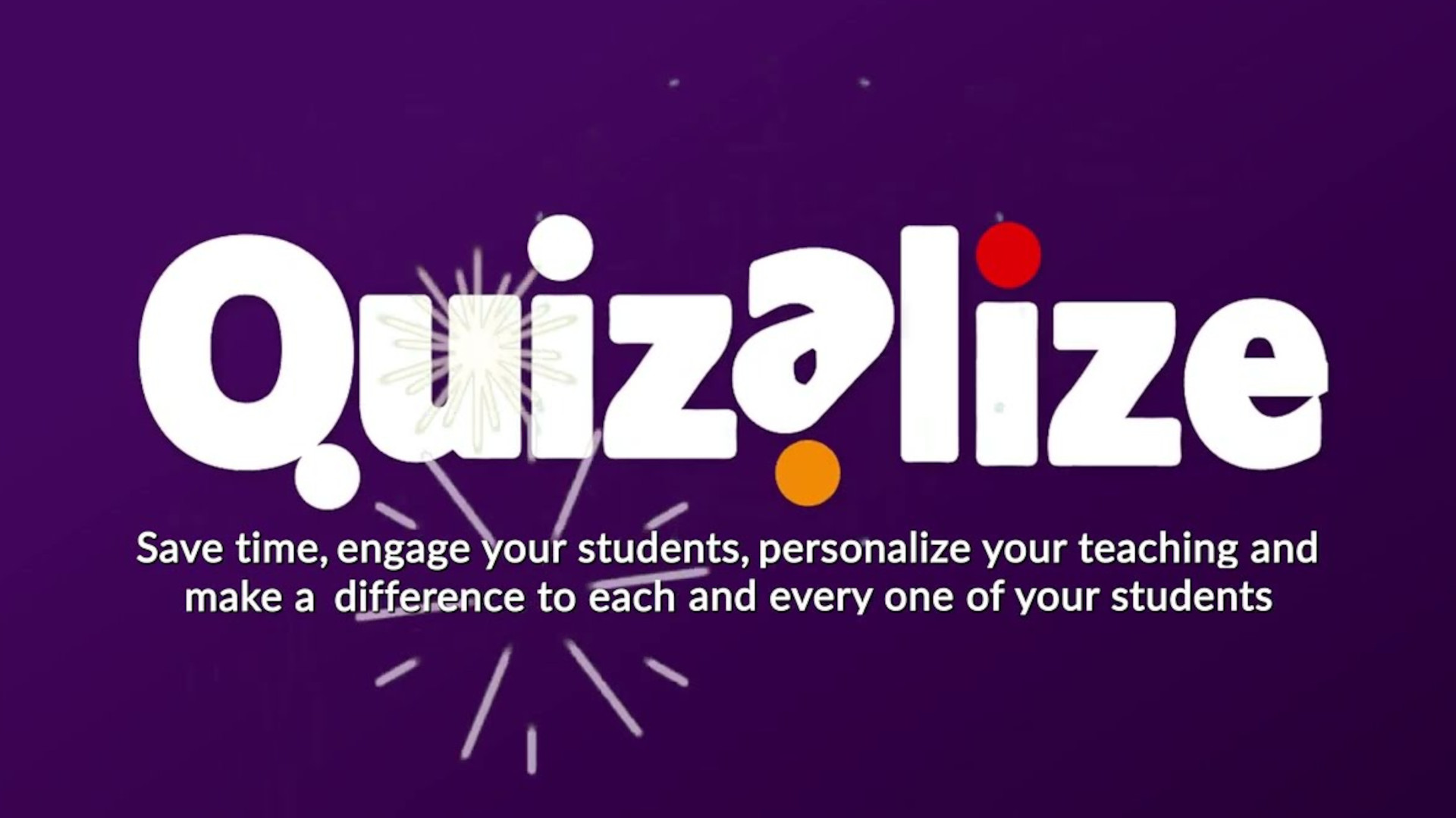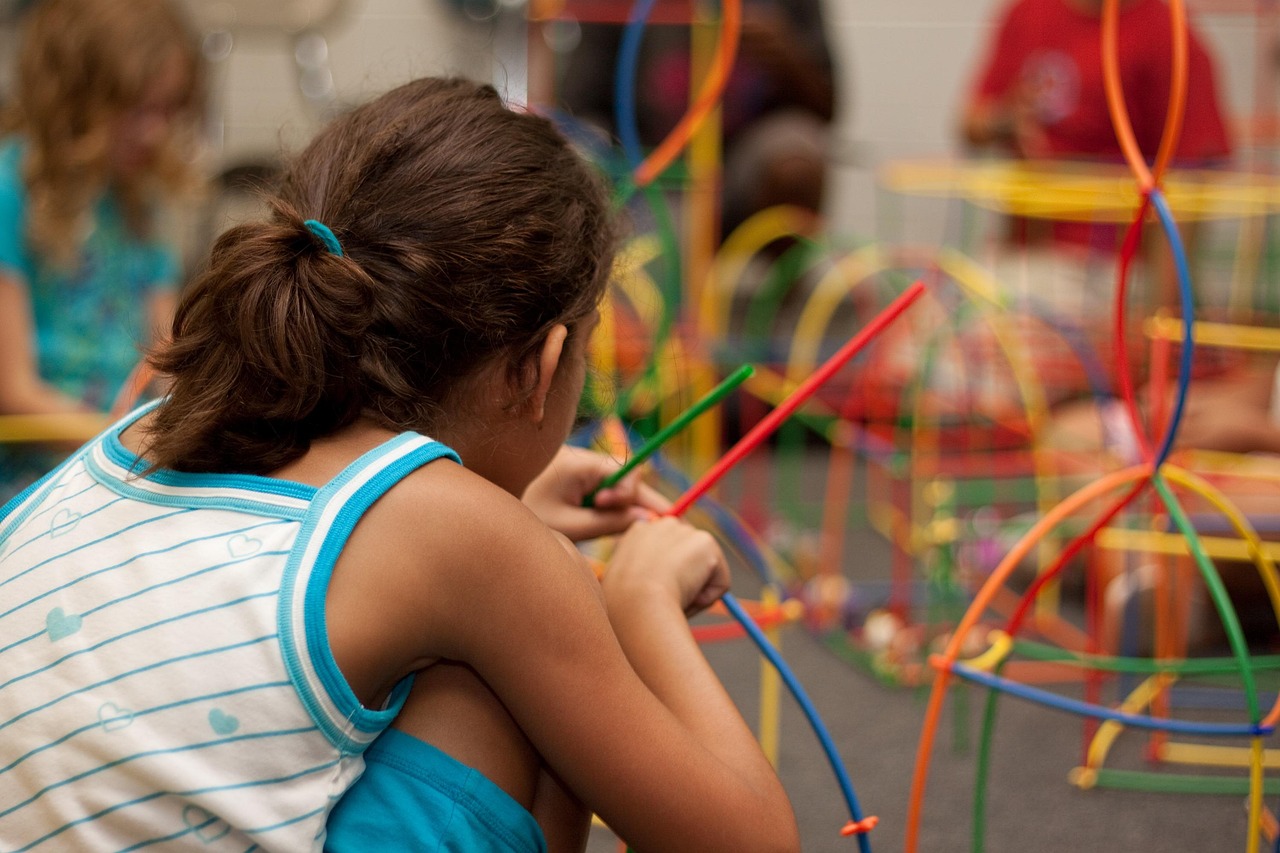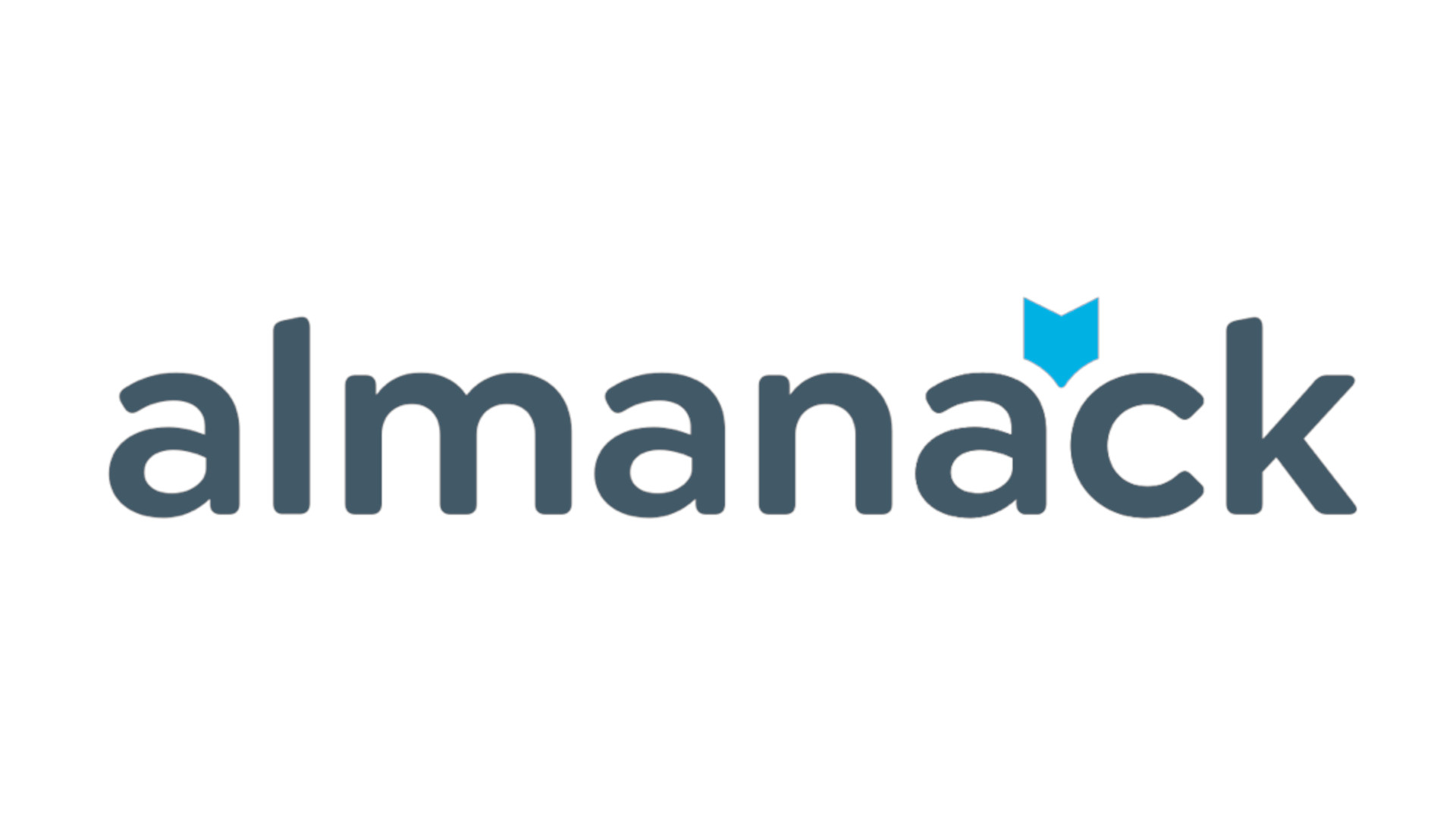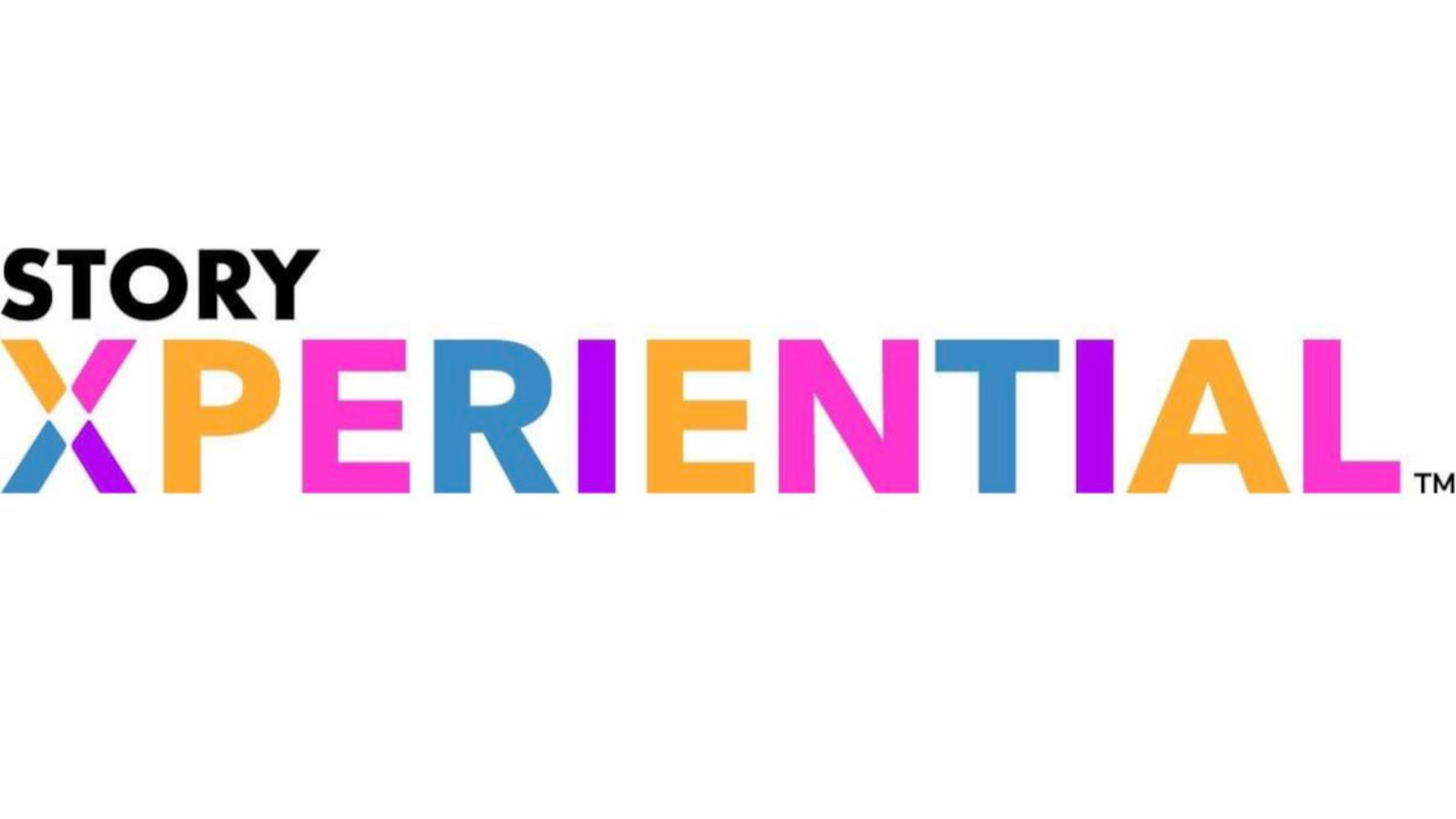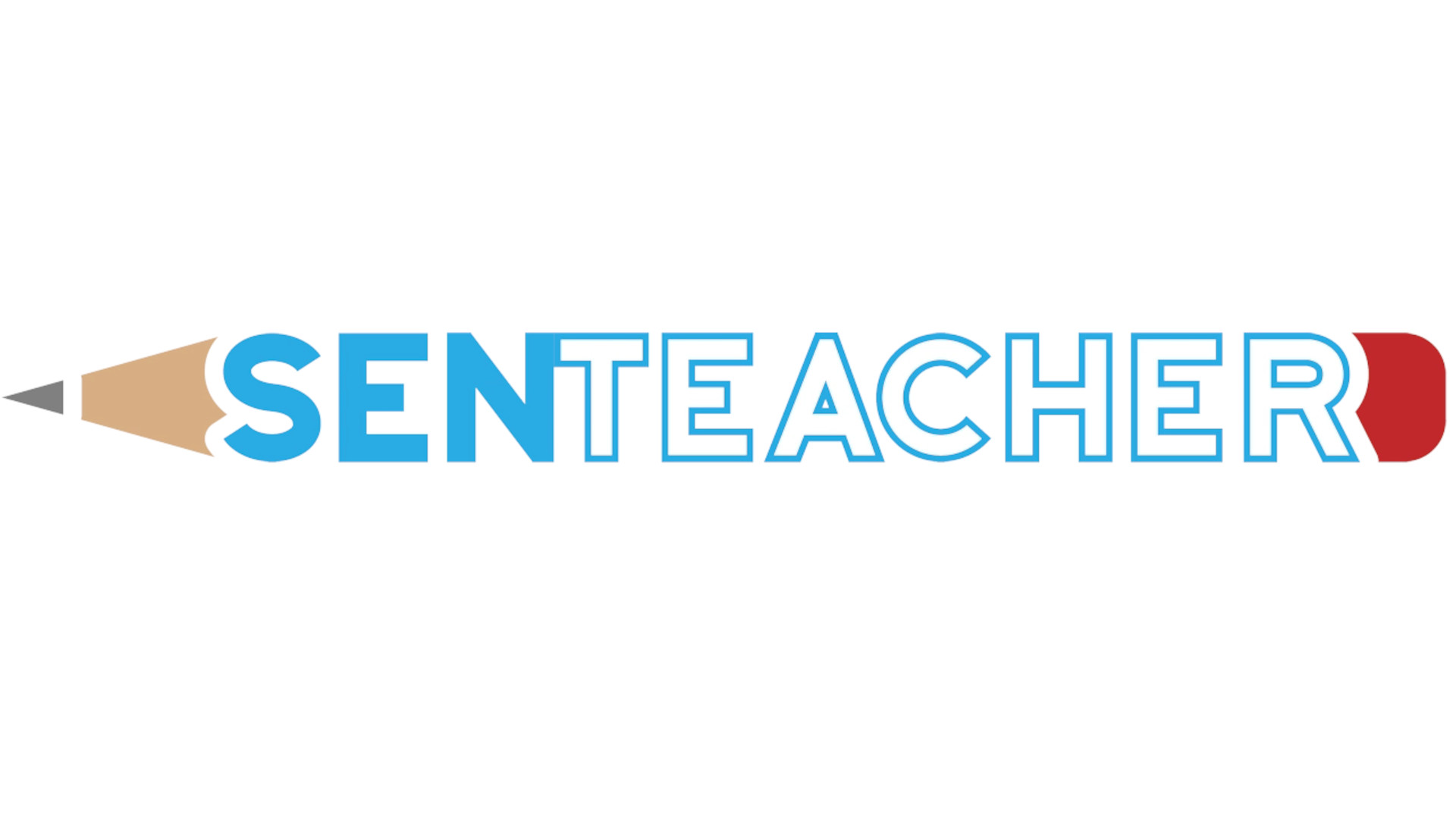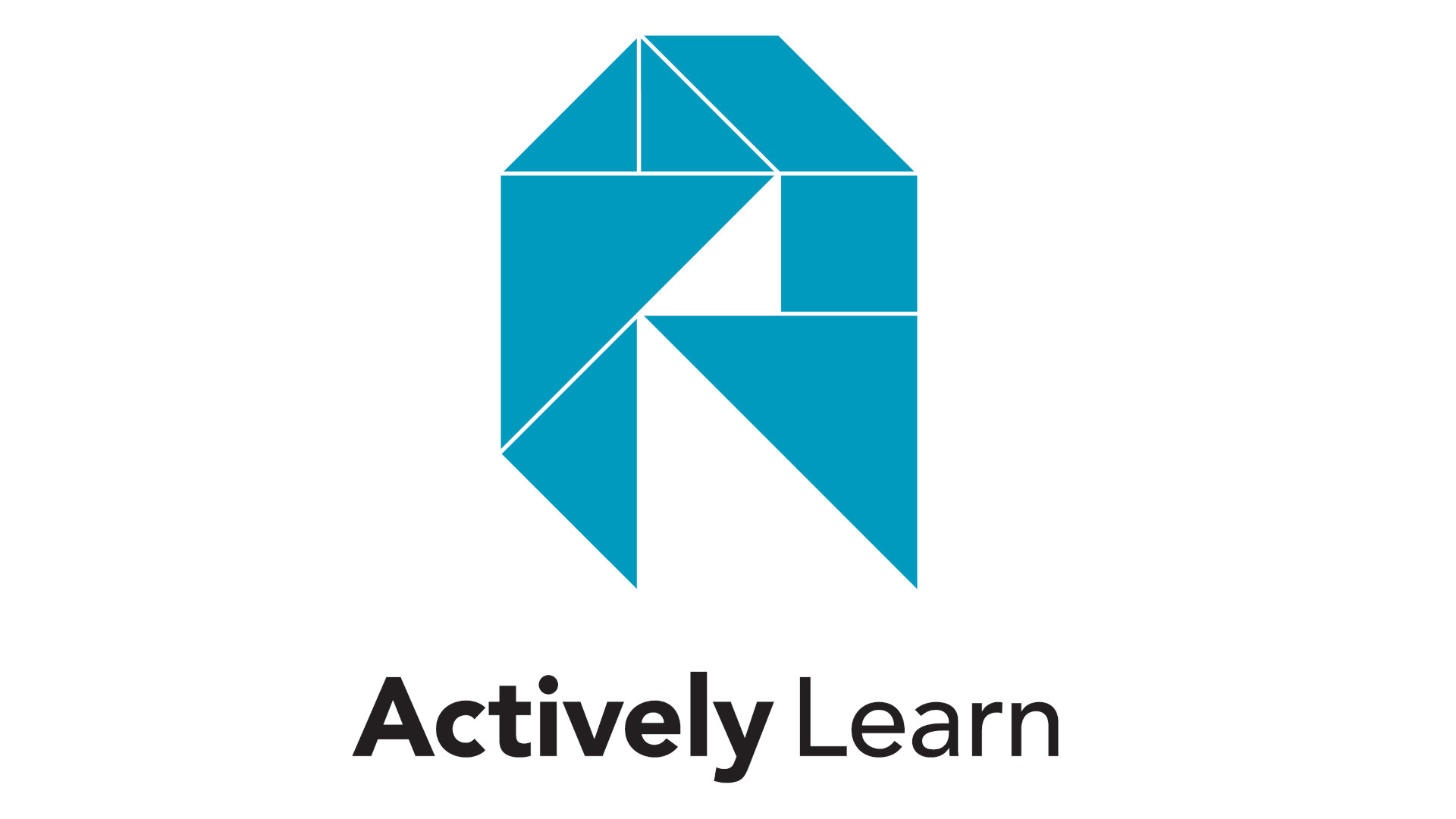5 Tips for Teaching Yoga in Schools From A Superintendent of The Year
Advice for successfully building yoga in schools from Massachusetts 2024 Superintendent of the year Barbara Malkas

The yoga program Dr. Barbara Malkas started a few years ago in North Adams Public Schools has benefited students, faculty, staff, and even the community at large. But Malkas, the Massachusetts district's superintendent, admits her motivations for teaching yoga in schools were more personal.
“I have to be very honest and say that my bringing forward this as an initiative in the district came from a purely selfish self-care need,” says Malkas who was recently named the Massachusetts Superintendent of the Year. “This was back in 2021. We were just coming out of the pandemic. Stress levels were really high for both the adults in the district as well as for the children.”
Recognizing that there was a need for social-emotional learning opportunities for herself as well as for students and staff, Malkas became interested in Breathe for Change, an organization dedicated to training educators in yoga, social-emotional learning, and other wellness practices. Through these programs, Malkas became a certified yoga instructor. She then offered a six-week yoga class for teachers and then asked other educators in the district if they would be interested in becoming yoga instructors themselves. Many said yes.
Today, Malkas continues to conduct yoga classes but she is joined by more than 30 educators — including the football coach — offering classes for students, teachers, and North Adams community members at large.
Here are Malkas’ tips for conducting a successful yoga program in any school or district.
1. Teaching Yoga in Schools: Get Creative With Ways to Recruit Students and Staff
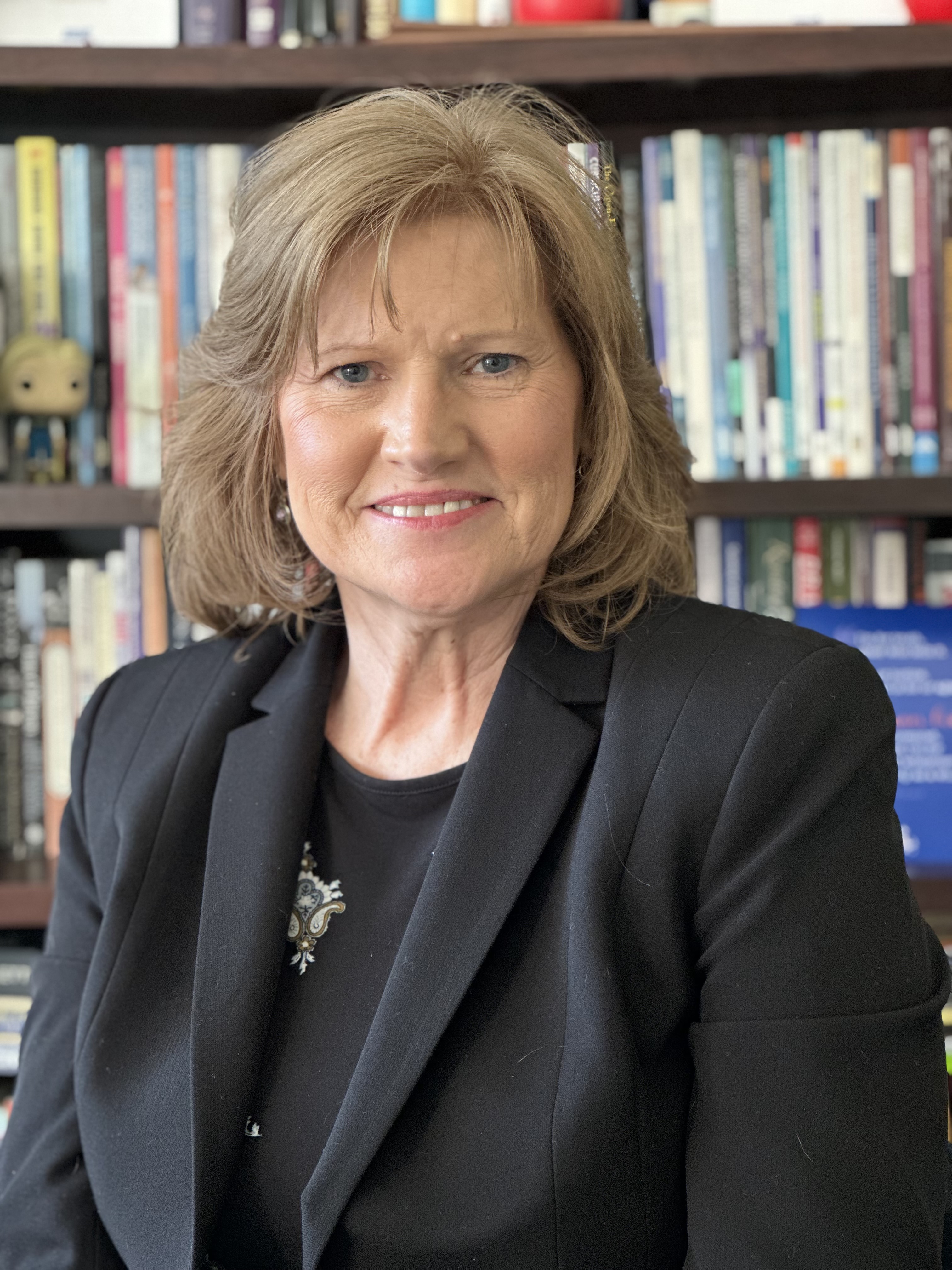
To make sure the classes are utilized by as many people as possible, Malkas and her staff offer opportunities during the school day as well as part of after-school classes. While many students and staff are excited to attend these sessions, others need more encouragement. One teacher in the district offers yoga class for students as an alternative to detention.
“In the beginning, you get some wigglers and squirmers and kids who don’t really think this is serious or for them,” Malkas says. “As time goes by, they start to recognize that, ‘Wait a minute. I see what my neighbor on the mat next to me is doing and they seem to be in a good place. They're smiling afterward. They're enjoying themselves. Well, I want to do that too.’”
Tech & Learning Newsletter
Tools and ideas to transform education. Sign up below.
2. Track Data
A former chemistry teacher, Malkas says she remains a science teacher at heart, which is part of the reason why she believes data is important. To gauge the impact of Breathe for Change yoga programs in North Adams Public Schools, Malkas and other school leaders looked at behavioral incidents and discipline referrals. They also surveyed teachers about what strategies they were using and what outcomes they noticed.
Predictably, behavioral incidents have gone down and teachers are seeing an impact from the programs.
“These things do work, having a moment of mindfulness, using some of these strategies just for a movement break or to settle in or to explore creative expression or to think about how to work with others,” she says. “These are all skills that students are learning to use, not just in their own practice in their learning, but in their practice in life.”
3. Remember Yoga Isn’t For Everyone
Malkas advises making yoga and mindfulness programs available for the willing but never forcing it on students or teachers. Because as much as she loves yoga and other mindfulness practices, Malkas gets that others are not as drawn to it.
“We have some educators who are like, ‘Oh, here comes that superintendent again with her yoga and mindfulness,'" she says. "But we have other opportunities for them. We have online professional development. We invested in an evidence-based curriculum that also had an adult component. So there was a continuum of opportunities for folks to plug into.”
Malkas adds, “Our goal is to offer. We're going to offer and figure out innovative ways to offer, but we're never going to force. We’re never going to say, ‘This is what you’re going to do.’”
4. Collaborate and Be Patient
While someone needs to lead a yoga initiative, Malkas says you don’t want to just prescribe programs for your staff to implement. Instead, encourage them to help shape what your programs look like. “You want to get to the place where you're implementing and giving opportunities for teachers to do what they do best, which is to innovate through implementation,” she says.
It’s also important for district leaders to commit to the program for some time. “You have to think about it as a change process,” Malkas says. “You're not going to train a bunch of educators through Breathe for Change and have them come back and have everybody magically wanting to sit in a meditation pose. That's not going to happen. You have to really support it and build the capacity."
5. Don't Make Assumptions
Even though yoga isn’t for every teacher or student, you might be surprised by how many students and staff members embrace it.
“Don't make assumptions,” she says. “Because the assumption could have been, 'Oh, my teachers are never going to go for this. This is not going to work in my district.'”
In addition, remembering just how long yoga and other mindfulness disciplines have existed can also be a helpful recommendation for engagement. “These practices have been around for thousands of years,” she says.
Malkas adds that yoga and mindfulness have helped people in the past through extremely difficult eras. “We tend to think the times we live in are the most challenging, but the reality is that life is always challenging and these practices have withstood the test of time.”
Erik Ofgang is a Tech & Learning contributor. A journalist, author and educator, his work has appeared in The New York Times, the Washington Post, the Smithsonian, The Atlantic, and Associated Press. He currently teaches at Western Connecticut State University’s MFA program. While a staff writer at Connecticut Magazine he won a Society of Professional Journalism Award for his education reporting. He is interested in how humans learn and how technology can make that more effective.


